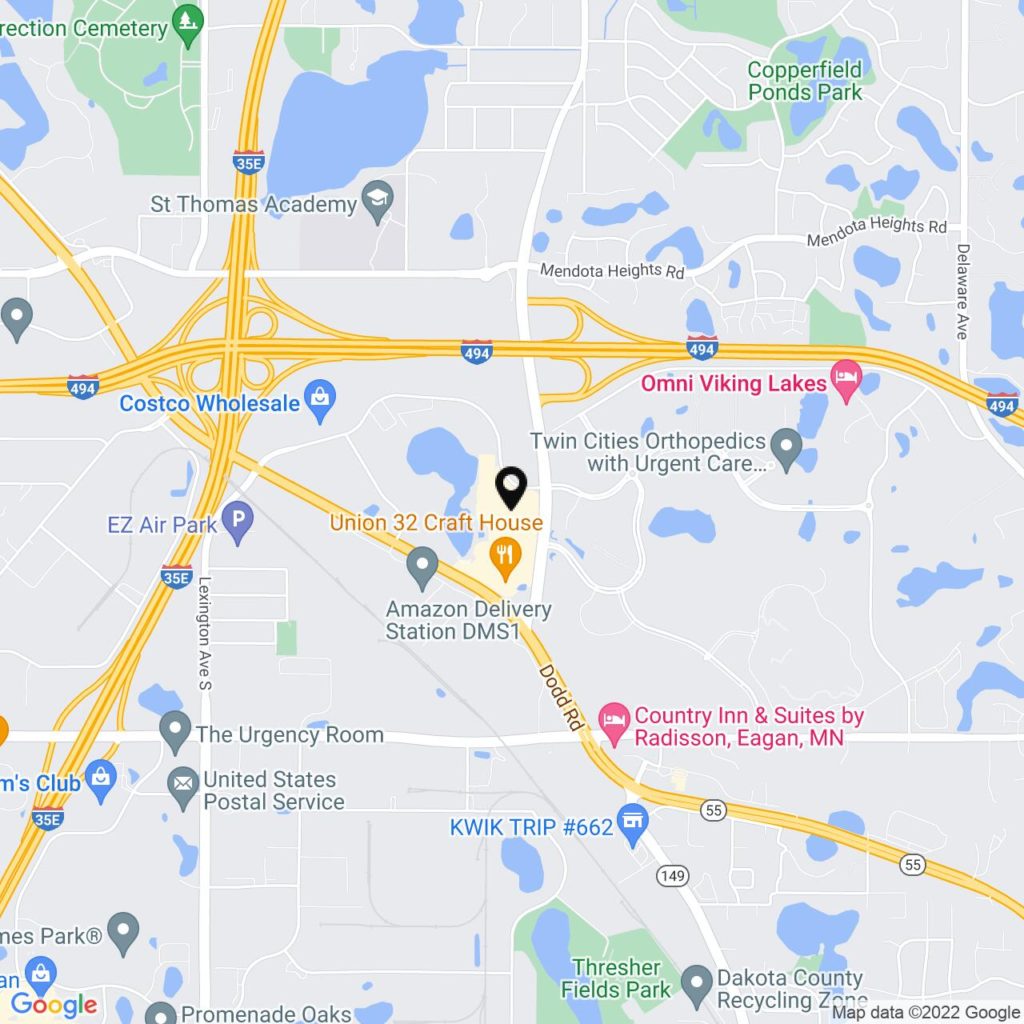When it comes to child custody matters, there are many different arrangements possible under Minnesota law. A child custody lawyer can assist you in finding the best arrangement for your family.
One common type of arrangement is the nesting co-parenting agreement. This agreement comes with certain pros and cons.
What Is Nesting?
Nesting, also called birdnesting, is a type of co-parenting custody arrangement. It can be particularly beneficial for children, as it allows the kids to remain in the home. Instead of the children going between “mom’s house” and “dad’s house,” they stay in one home while parents switch in and out.
In a nesting situation, the kids stay in the home they know and are comfortable in. Depending on how long each parent has with the child, they stay in the home with the kids, and then switch with the other parent when it’s their turn. During the time a co-parent isn’t in the kids’ house, they stay at their own home or with relatives.
If you and your co-parent agree to a nesting arrangement, you can create a custody agreement. In this agreement, you’ll set the terms of your arrangement, like what days you and your ex-spouse stay with the kids, and how long the arrangement lasts before the switch.
While not necessarily a traditional child custody arrangement, it works for many parents. Nesting allows parents to put their kids’ feelings and needs first.
The Advantages of a Nesting Co-Parenting Agreement
Birdnesting arrangements have many positive aspects, especially for the children. It’s helpful to consider the benefits to determine whether it could be right for you and your kids.
Sticking to Routines
One of the hardest parts of getting divorced with children and creating custody arrangements is all the change kids must experience. Not only must kids get used to living in different homes, but they may also need to change schools and quit certain extracurricular activities.
When a child can remain in their home, it makes it easier to stick to their routine. They don’t have to change schools, leave their friends, or adapt to any major shifts. With nesting, the only significant change kids will have to become accustomed to is not having both parents at home.
Sharing Equal Time With Both Parents
While kids do need to adjust to no longer having both parents under the same roof, they’ll still have equal or almost equal time with both parents. Nesting gives greater leeway to splitting time 50/50. One common kind of arrangement is one week for one parent and one week for the other.
Providing Fair Distribution of Child Care
After parents are no longer living together, it can be challenging to distribute childcare responsibilities evenly. This can minimize one parent feeling as though they’re doing more for the children than the other, which can cause additional contention.
Maintaining Healthy Relationships
Because parents share equal time with the children, this allows kids to maintain relationships with each parent. This is particularly important while parents are going through a divorce, as it’s not uncommon for parents to try to come between the relationship their kids have with the other parent.
The Negative Side of Nesting Agreements
There are cons to nesting arrangements as well. If you’re interested in a nesting agreement, it’s vital to consider the common disadvantages and whether they could affect you.
Burdensome and Costly
A nesting arrangement can be difficult for parents, especially in the long term. It can be a significant burden to move in and out of the house with such frequency.
Additionally, when parents have their own homes outside the home they stay in with their kids, it can be financially burdensome to maintain two homes.
Emotionally Difficult
Having a nesting arrangement can be emotionally draining. If you’re going through a divorce, it can be hard to have to live with your kids in the home you shared with your ex. Divorce is hard enough as it is, but seeing your ex’s belongings and living part-time in a home with so many memories can make it worse.
Challenging for a Parent’s Personal LIfe
At some point, you’ll likely start dating again. Unfortunately, a nesting agreement can make it awkward and uncomfortable.
You’ll be living part-time in a home with your children, and bringing your new partner over may not be an option. Therefore, you may not be able to spend much time with your new partner at times, which could interfere with your relationship.
How to Determine the Best Parenting Agreement for You
Finding the right co-parenting plan for you and your children is a top priority. A child custody lawyer at Johnson/Turner Legal can determine whether nesting would be best in the long term, or alternatively, which agreement would be more feasible.
Contact our firm to book a Quick Guidance Call with a seasoned Minnesota child custody lawyer today.































